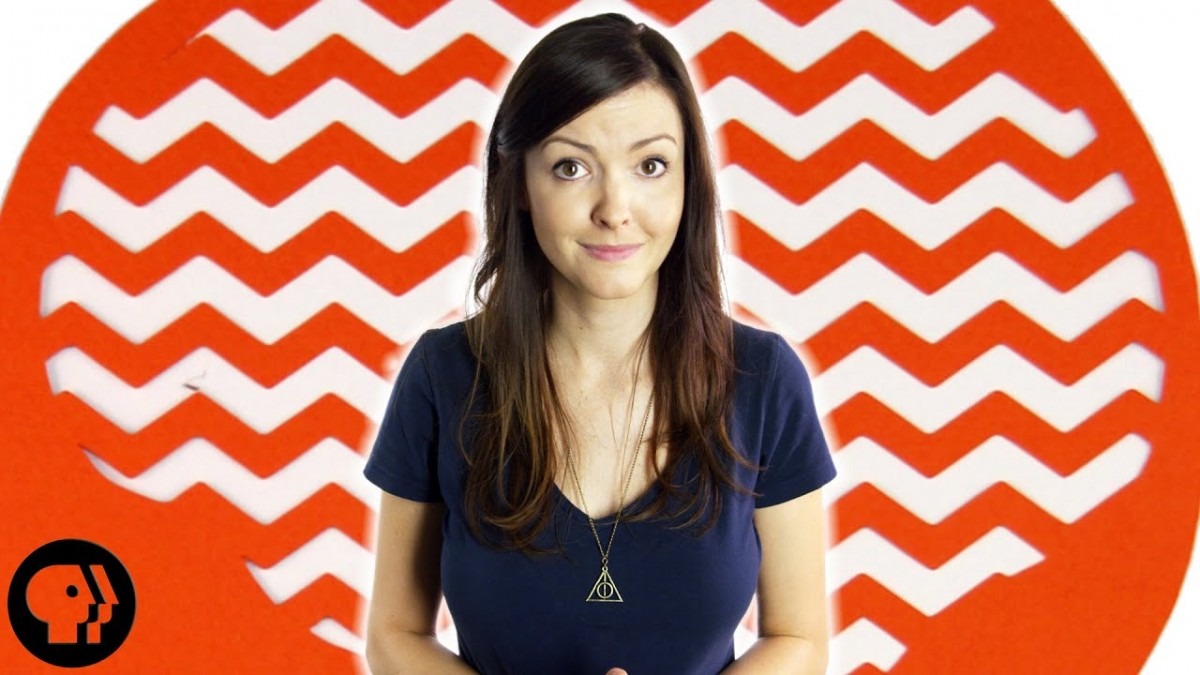Craft your interests into a career
Imagine having a smash-hit YouTube channel with millions of viewers who tune in to watch you talk about your passion.
That’s exactly what Vanessa Hill imagined, and now she has an audience around the world watching the PBS web series she dreamed up.
Called BrainCraft, the science education series explains how the brain works, using techniques like stop-motion paper animation, with Vanessa as host and producer.
It has over half a million subscribers, and 30 million views. BrainCraft videos have been featured in Scientific American, Huffington Post and MTV.
“While studying at ANU I had this project in the back of my mind and had seen a lot of web series become quite popular and thought I could do something like that,” she says.
“Studying the Master of Science Communication gave me the experience and confidence to think of myself as a professional communicator and make it a reality.”
After graduating, Vanessa took her idea for BrainCraft to New York and presented it to PBS Digital Studios.
“I thought stop-motion animation was a fun, accessible and unique way to learn about psychology and neuroscience,” she says.
Obviously PBS thought so too.
Vanessa says she still uses what she learned in her Master of Science Communication “every day.”
“It has made me a better communicator.
“I learned how to manage my time, how to investigate topics, how to be analytical and construct an argument, and improved my editing skills.
“There are so many different areas you can work in as a science communicator. You could be a journalist, work in science policy, or you could find yourself making videos for a major broadcaster.”

